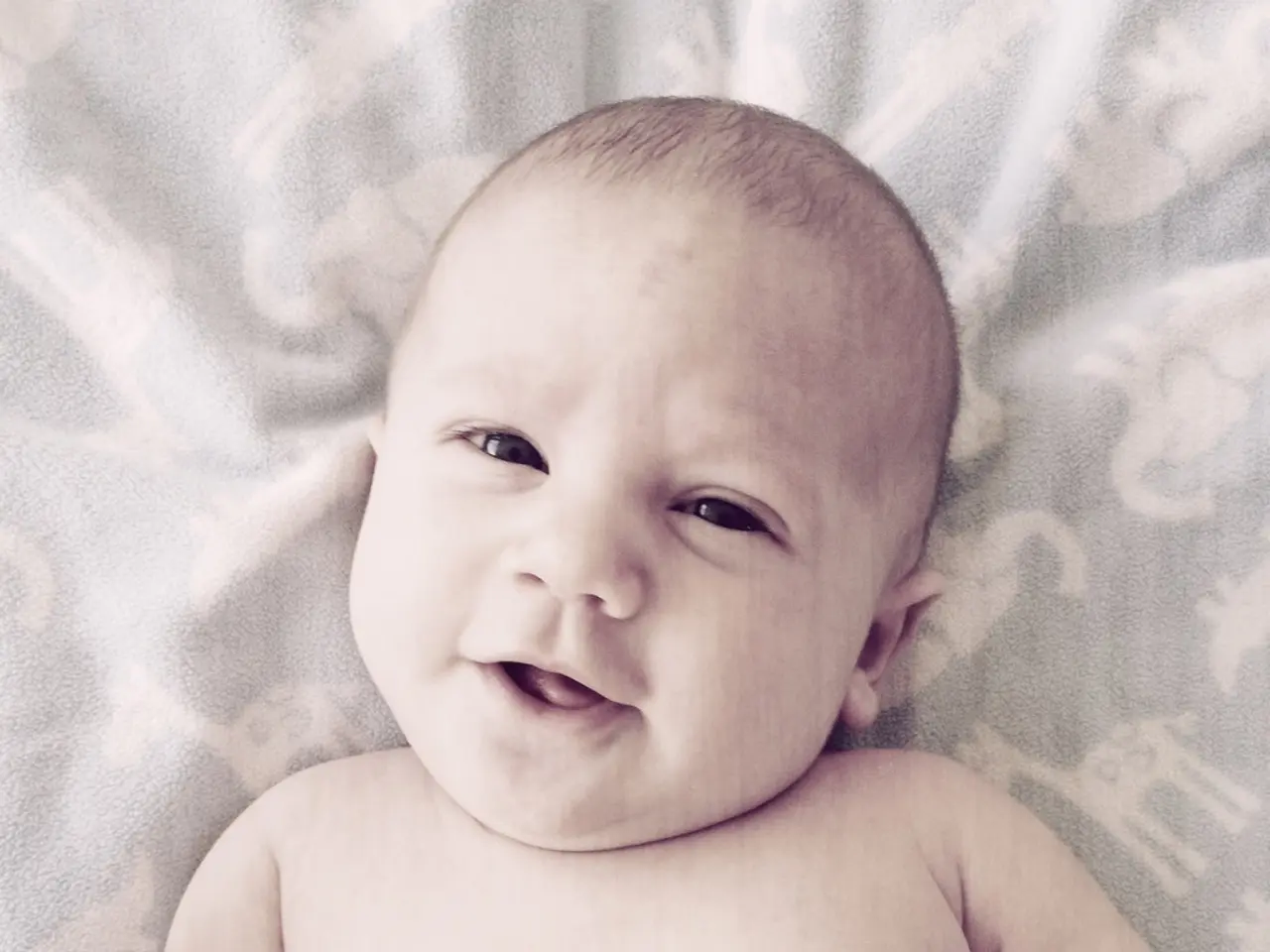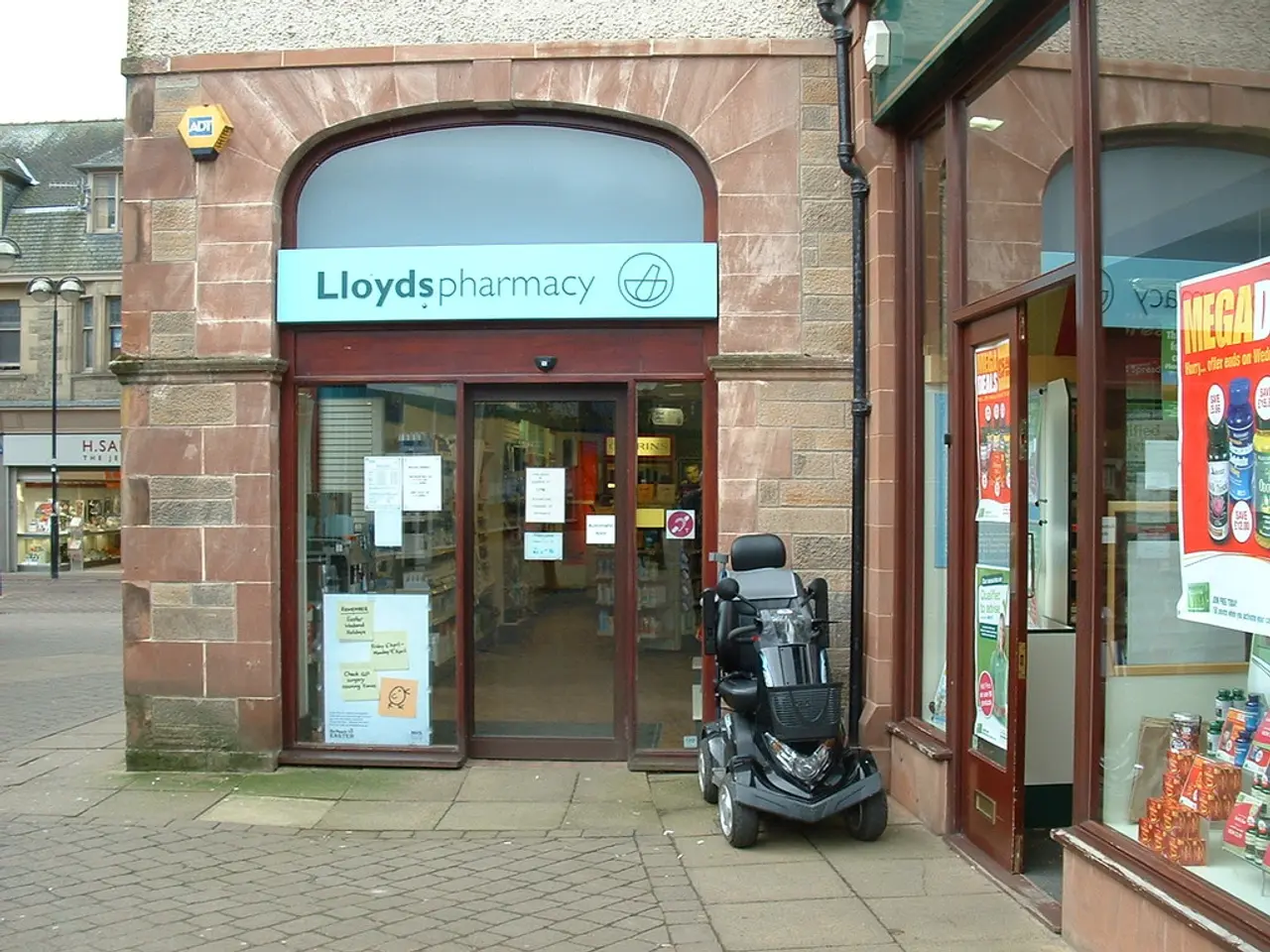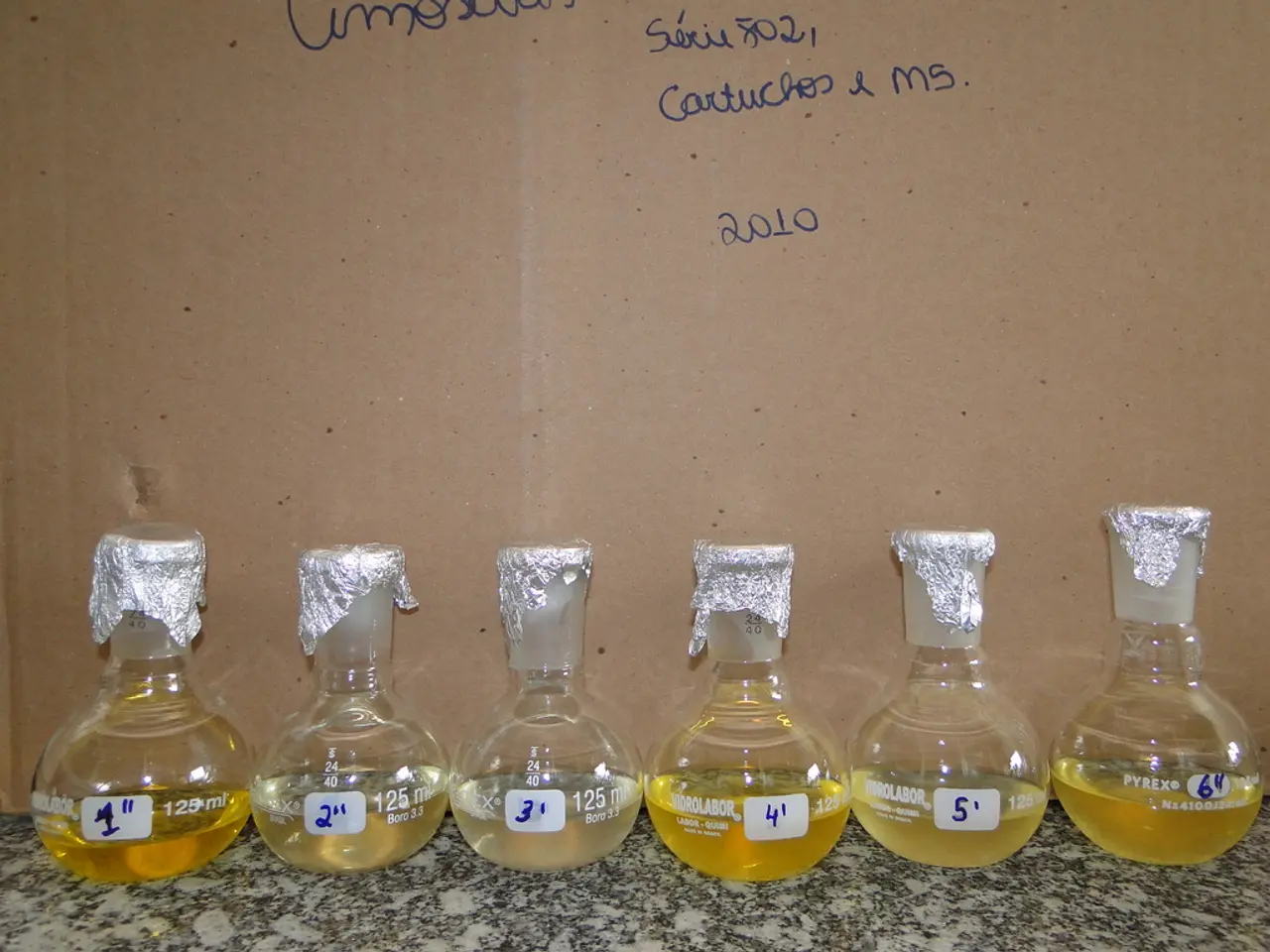Developmental Steps for Infants: Key Indicators to Observe
Supporting Your Baby's Development: A Guide to the First Two Years
Babies grow and develop rapidly during their first two years, making significant strides in physical, cognitive, and social-emotional domains. Here are some typical milestones and tips on how parents can support this development.
Typical Milestones by Age Bracket
Infancy (0-1 Year)
- By around 6 weeks, babies start lifting their heads during tummy time and tracking objects with their eyes. By 4 months, they can roll over and reach for toys. By 6-9 months, they can sit up unsupported and crawl.
- Babies begin to recognize faces and objects by week 7. By 4 months, they can differentiate between colors and textures. They also start to understand cause-and-effect relationships, such as shaking a toy to make noise.
- Infants form bonds with caregivers and respond to social interactions, such as smiling back at someone.
Toddlerhood (1-2 Years)
- Toddlers start walking alone typically around 12-14 months. They improve their balance and can climb stairs with support by 18 months.
- They begin to imitate actions and may point to objects when named. They also start with simple puzzles and matching games.
- Toddlers exhibit independence and may show defiance. They start to recognize themselves in mirrors and begin forming simple phrases.
Encouraging and Supporting Development
Parents' Role in Development
- Engage in Play: Use tummy time to support neck and shoulder strength. Provide toys just out of reach to encourage reaching and rolling. Read books and engage in interactive games to stimulate language and problem-solving skills. Play with your baby, use facial expressions, and respond to their emotions to build trust.
- Foster Learning Environments: Place toys and objects of different colors and textures within reach to encourage exploration. Provide a safe environment for practice, such as providing support when they start to walk.
- Encourage Social Interaction: Talk regularly with your baby to develop language skills. Engage in activities that encourage social interaction, like singing songs or playing peek-a-boo.
- Recognize and Respond to Needs: Pay attention to different types of cries to understand your baby's needs. Validate their emotions and offer comfort when needed.
- Monitor Development: Regular well-child visits with healthcare providers are crucial for tracking developmental milestones. If concerns arise, don’t hesitate to consult a professional for guidance.
By understanding these milestones and actively engaging with your baby, you can foster a supportive and nurturing environment for their growth. They may even initiate games, inviting others to join in the fun. Walking is one of the most celebrated physical milestones, typically achieved between 9-15 months of age. As babies approach their first birthday, they have the ability to display empathy and understand the feelings of others.
Babies start grasping objects, using their thumb and fingers in a pinching motion, between 6-12 months. Around the age of 2, children begin to form simple sentences consisting of two or three words. Around 12-18 months, babies will learn to hold a spoon and attempt to feed themselves. By around twelve months, babies may utter their first recognizable words.
Babies may mirror the expressions they see on their parents' faces or respond to their caregivers' tone of voice, indicating emotional awareness. Crawling is a significant physical milestone that typically occurs between 6-10 months of age. Another important social and emotional milestone is when babies start taking turns and sharing toys.
Babies start recognizing common objects and may point to express interest or request, between ten to twelve months. Between 12 to 18 months, babies expand their vocabulary and start understanding more words and simple phrases. Around 6-8 months, babies may experience separation anxiety when away from their primary caregivers. Rolling over is an exciting milestone that usually occurs between 4-6 months of age.
From eight to twelve months, babies begin experimenting with cause-and-effect relationships. Babies often engage in play with others around 6-8 months of age, exploring surroundings with curiosity and enthusiasm. Pulling themselves up to stand is an exciting milestone that usually happens around 9-12 months of age. Around 9 to 12 months, babies start using gestures and pointing to express themselves.
Sitting independently is a crucial physical milestone that generally happens around 6-8 months of age. Similarly, babies may exhibit stranger anxiety during this stage, preferring the comfort and familiarity of their caregivers. Babies begin to understand and follow simple instructions around their first birthday.
By supporting and encouraging their babies' development, parents can help set the foundation for a lifetime of learning and growth.
- Babies, as young as six weeks, start lifting their heads during tummy time, a sign of development in the physical domain.
- By 4 months, they can recognize faces and objects, differentiate between colors and textures, and understand cause-and-effect relationships.
- Engaging in play with children, such as tummy time, reading books, and interactive games, stimulates language and problem-solving skills.
- Placing toys of different colors and textures within reach encourages exploration and fosters a learning environment for infants.
- Talking regularly with kids and engaging in activities that encourage social interaction, like singing songs or playing peek-a-boo, develops language skills and supports emotional growth.
- Monitoring the health and wellness of the family through regular well-child visits with healthcare providers ensures any developmental concerns are addressed.
- As children grow, they exhibit various social and emotional milestones, such as mirroring parental expressions, forming simple sentences, and even displaying empathy for others in their lifestyle.




